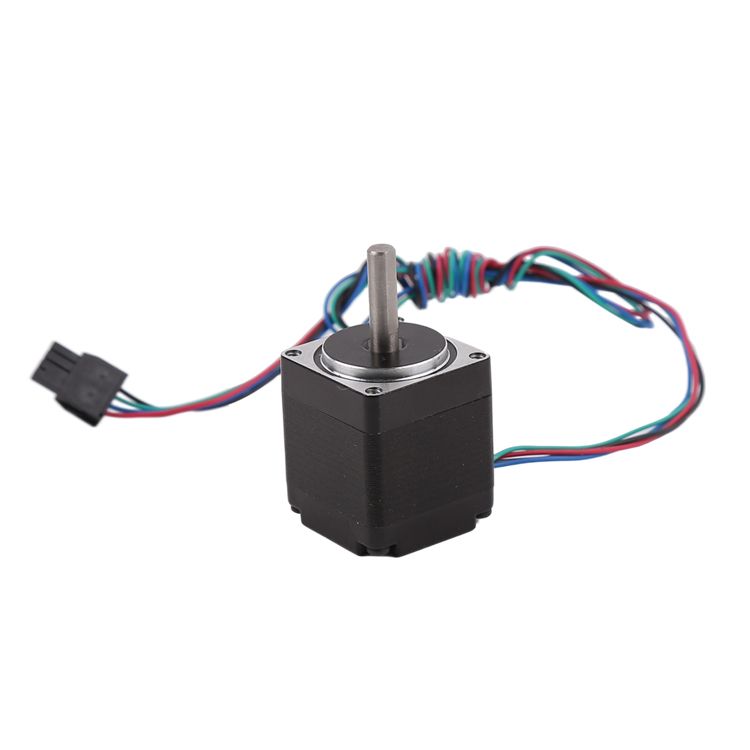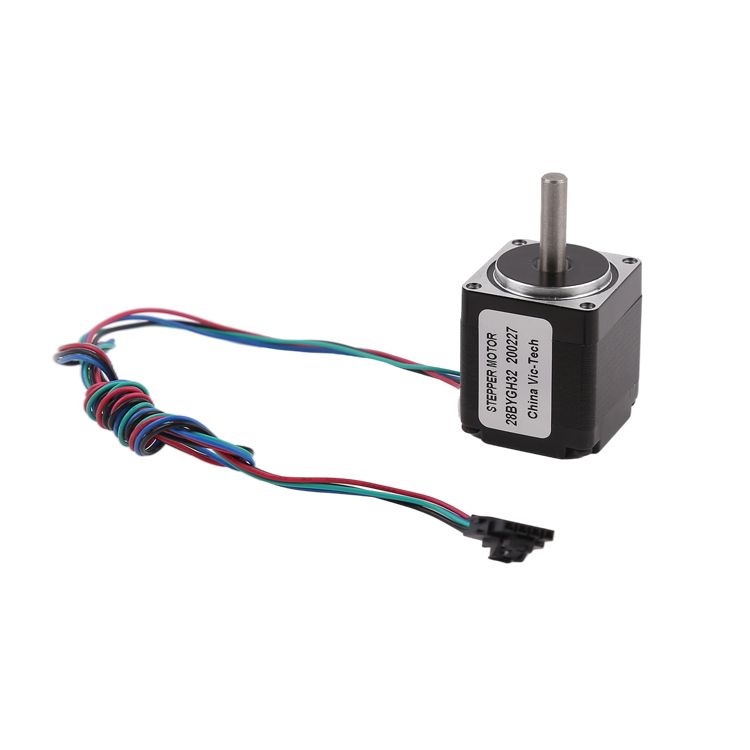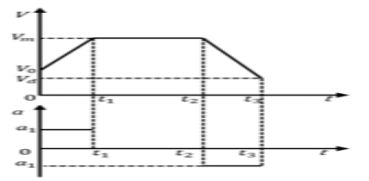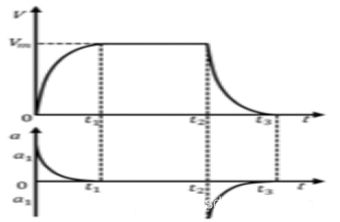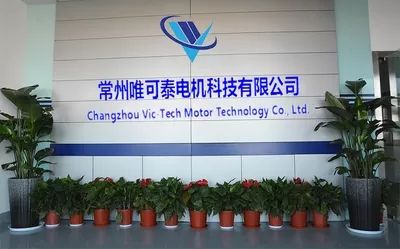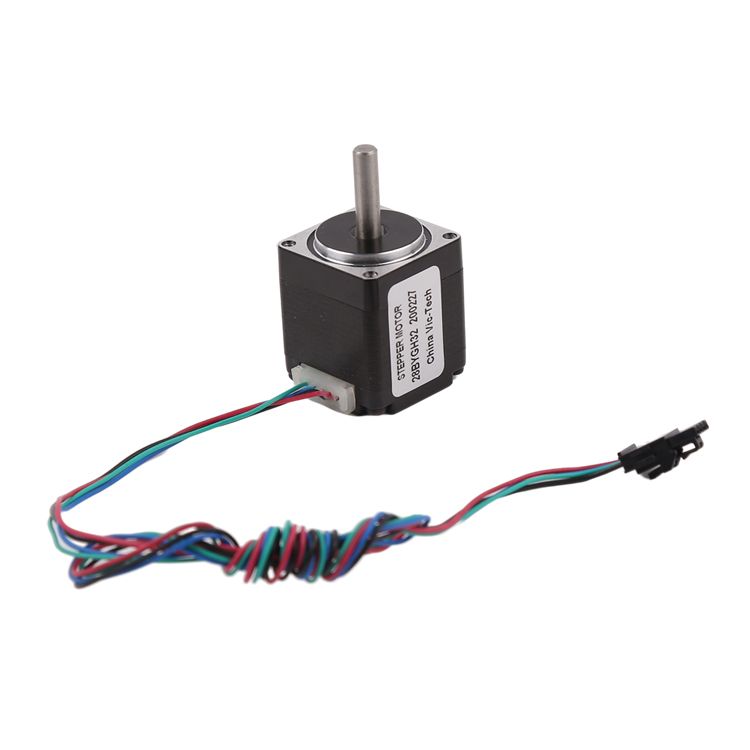
Motore passu à passuprincipiu di funziunamentu
Nurmalmente, u rotore di un mutore hè un magnetu permanente. Quandu a corrente scorre à traversu l'avvolgimentu di u statore, l'avvolgimentu di u statore produce un campu magneticu vettoriale. Stu campu magneticu face chì u rotore roti di un angulu in modu chì a direzzione di a coppia di campi magnetichi di u rotore coincide cù quella di u campu di u statore. Quandu u campu magneticu vettoriale di u statore gira di un angulu.
Motore passu à passuhè un tipu di mutore à induzione, u so principiu di funziunamentu hè l'usu di circuiti elettronichi, a corrente continua in un alimentatore di spartera di tempu, corrente di cuntrollu di timing multifase, cù sta corrente per l'alimentazione di u mutore stepper, u mutore stepper pò funziunà currettamente, u driver hè per l'alimentazione di spartera di tempu di u mutore stepper, controller di timing multifase.
Ogni impulsu elettricu in entrata, u mutore gira un angulu in avanti di un passu. U so spustamentu angulare di uscita hè proporzionale à u numeru di impulsi in entrata, a velocità hè proporzionale à a frequenza di l'impulsi. Cambiate l'ordine di energizazione di l'avvolgimentu, u mutore inverterà a so direzione. Cusì pudete cuntrullà u numeru di impulsi, a frequenza è l'ordine di energizazione di ogni fase di l'avvolgimentu di u mutore per cuntrullà a rotazione di u mutore stepper.
A precisione di u mutore stepper generale hè 3-5% di l'angulu di passu, è ùn s'accumula micca.
A coppia di un mutore stepper diminuisce cù l'aumentu di a velocità. Mentre u mutore stepper gira, l'induttanza di ogni fase di l'avvolgimentu di u mutore formerà un putenziale elettricu inversu; più alta hè a frequenza, più grande hè u putenziale elettricu inversu. Sottu a so azzione, u mutore cù a frequenza (o velocità) aumenta è a corrente di fase diminuisce, ciò chì porta à una diminuzione di a coppia.
U mutore stepper pò funziunà nurmalmente à bassa velocità, ma s'ellu hè più altu di una certa velocità ùn si avvia micca, è hè accumpagnatu da un fischiu.
U mutore stepper hà un parametru tecnicu: a frequenza di partenza senza carica, vale à dì, u mutore stepper in u casu di a frequenza di l'impulsi senza carica pò esse avviatu nurmalmente, se a frequenza di l'impulsi hè più alta di u valore, u mutore ùn pò micca avvià nurmalmente, pò accade un fora di passu o un bloccu.
In casu di carica, a frequenza di partenza deve esse più bassa. Sè u mutore vole ottene una rotazione à alta velocità, a frequenza di l'impulsi deve avè un prucessu di accelerazione, vale à dì, a frequenza di partenza hè più bassa, è dopu cresce à l'alta frequenza desiderata (velocità di u mutore da bassa velocità à alta velocità) à una certa accelerazione.
Perchè fàmotori stepperbisognu di esse cuntrullatu cù a riduzione di a velocità
A velocità di un mutore stepper dipende da a frequenza di l'impulsi, da u numeru di denti di u rotore è da u numeru di battiti. A so velocità angulare hè proporzionale à a frequenza di l'impulsi è hè sincronizata in tempu cù l'impulsi. Cusì, se u numeru di denti di u rotore è u numeru di battiti di funziunamentu sò certi, a velocità desiderata pò esse ottenuta cuntrullendu a frequenza di l'impulsi. Siccomu u mutore stepper hè avviatu cù l'aiutu di a so coppia sincrona, a frequenza di partenza ùn hè micca alta per ùn perde micca u passu. Soprattuttu quandu a putenza aumenta, u diametru di u rotore aumenta, l'inerzia aumenta, è a frequenza di partenza è a frequenza massima di funziunamentu ponu differisce finu à dece volte.
E caratteristiche di a frequenza di partenza di u mutore stepper sò tali chì l'avviamentu di u mutore stepper ùn pò micca ghjunghje direttamente à a frequenza di funziunamentu, ma per avè un prucessu di partenza, vale à dì, da una bassa velocità gradualmente aumenta finu à a velocità di funziunamentu. Si ferma quandu a frequenza di funziunamentu ùn pò micca calà immediatamente à zero, ma per avè un prucessu di riduzione graduale di a velocità à alta velocità finu à zero.
Dunque, u funziunamentu di u mutore stepper generalmente deve passà per l'accelerazione, a velocità uniforme, a decelerazione in trè tappe, u prucessu di accelerazione è decelerazione u più cortu pussibule, u tempu di velocità costante u più longu pussibule. In particulare in u travagliu chì richiede una risposta rapida, u tempu necessariu per corre da u puntu di partenza à a fine hè u più cortu, ciò chì deve richiede u prucessu di accelerazione è decelerazione u più cortu, è a velocità più alta à velocità costante.
L'algoritmu di accelerazione è decelerazione hè una di e tecnulugie chjave in u cuntrollu di u muvimentu, è unu di i fattori chjave per ottene alta velocità è alta efficienza. In u cuntrollu industriale, da una parte, u prucessu di trasfurmazione deve esse lisciu è stabile, cù un picculu impattu di flessibilità; da l'altra parte, richiede un tempu di risposta rapidu è una reazione rapida. Cù a premessa di assicurà a precisione di u cuntrollu per migliurà l'efficienza di trasfurmazione, per ottene un muvimentu meccanicu lisciu è stabile, l'attuale trasfurmazione industriale hè stata di risolve u prublema chjave. L'algoritmi di accelerazione è decelerazione cumunemente usati in i sistemi di cuntrollu di u muvimentu attuali includenu principalmente: accelerazione è decelerazione di curva trapezoidale, accelerazione è decelerazione di curva esponenziale, accelerazione è decelerazione di curva in forma di S, accelerazione è decelerazione di curva parabolica, ecc.
Accelerazione è decelerazione di a curva trapezoidale
Definizione: Accelerazione/decelerazione in modu lineare (accelerazione/decelerazione da a velocità iniziale à a velocità di destinazione) cù un certu rapportu
Formula di calculu: v(t) = Vo + at
Vantaghji è svantaghji: A curva trapezoidale hè carattarizata da un algoritmu simplice, menu tempu, risposta rapida, alta efficienza è implementazione faciule. Tuttavia, e fasi di accelerazione è decelerazione uniforme ùn sò micca conformi à a lege di cambiamentu di velocità di u mutore stepper, è u puntu di transizione trà a velocità variabile è a velocità uniforme ùn pò esse liscia. Dunque, questu algoritmu hè principalmente utilizatu in applicazioni induve i requisiti per u prucessu di accelerazione è decelerazione ùn sò micca elevati.
Accelerazione è decelerazione di a curva esponenziale
Definizione: Significa accelerazione è decelerazione per funzione esponenziale.
Indice di valutazione di u cuntrollu di l'accelerazione è di a decelerazione:
1. A traiettoria di a macchina è l'errore di pusizione devenu esse u più chjucu pussibule.
2, U prucessu di muvimentu di a macchina hè lisciu, u jitter hè chjucu, è a risposta hè rapida
3, l'algoritmu di accelerazione è decelerazione deve esse u più simplice pussibule, faciule da implementà è pò risponde à i requisiti di cuntrollu in tempu reale
Sè vo vulete cumunicà è cooperà cun noi, per piacè sentitevi liberi di cuntattateci.
Interagimu strettamente cù i nostri clienti, ascultemu i so bisogni è agimu nantu à e so richieste. Credemu chì una cullaburazione win-win hè basata nantu à a qualità di u produttu è u serviziu à a clientela.
Changzhou Vic-tech Motor Technology Co., Ltd. hè una urganizazione prufessiunale di ricerca è pruduzzione chì si cuncentra nantu à a ricerca è u sviluppu di motori, suluzioni generali per l'applicazioni di motori, è a trasfurmazione è a pruduzzione di prudutti motorii. Ltd. hè specializata in a fabricazione di micromotori è accessori dapoi u 2011. I nostri prudutti principali: motori stepper in miniatura, motori à ingranaggi, motori à ingranaggi, propulsori sottumarini è driver è cuntrolli di motori.
A nostra squadra hà più di 20 anni di sperienza in a cuncepzione, u sviluppu è a fabricazione di micromotori, è pò sviluppà prudutti è aiutà i clienti à cuncepisce secondu i so bisogni particulari! Attualmente, vendemu principalmente à clienti in centinaie di paesi in Asia, America di u Nordu è Europa, cum'è i Stati Uniti, u Regnu Unitu, a Corea, a Germania, u Canada, a Spagna, ecc. A nostra filusufia cummerciale "integrità è affidabilità, orientata à a qualità", e norme di valore "cliente prima" difendenu l'innuvazione orientata à e prestazioni, a cullaburazione, u spiritu d'impresa efficiente, per stabilisce un "custruisce è sparte". L'ubbiettivu finale hè di creà u massimu valore per i nostri clienti.
Data di publicazione: 27 di ghjugnu di u 2023

